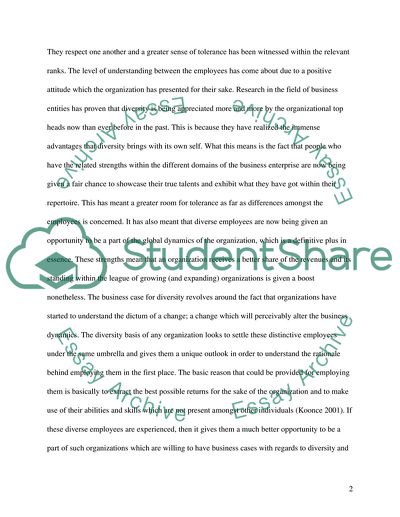Cite this document
(Training Managers for Cultural Competence within the Organization Research Paper - 18, n.d.)
Training Managers for Cultural Competence within the Organization Research Paper - 18. Retrieved from https://studentshare.org/human-resources/1723209-human-resource-management
Training Managers for Cultural Competence within the Organization Research Paper - 18. Retrieved from https://studentshare.org/human-resources/1723209-human-resource-management
(Training Managers for Cultural Competence Within the Organization Research Paper - 18)
Training Managers for Cultural Competence Within the Organization Research Paper - 18. https://studentshare.org/human-resources/1723209-human-resource-management.
Training Managers for Cultural Competence Within the Organization Research Paper - 18. https://studentshare.org/human-resources/1723209-human-resource-management.
“Training Managers for Cultural Competence Within the Organization Research Paper - 18”, n.d. https://studentshare.org/human-resources/1723209-human-resource-management.


